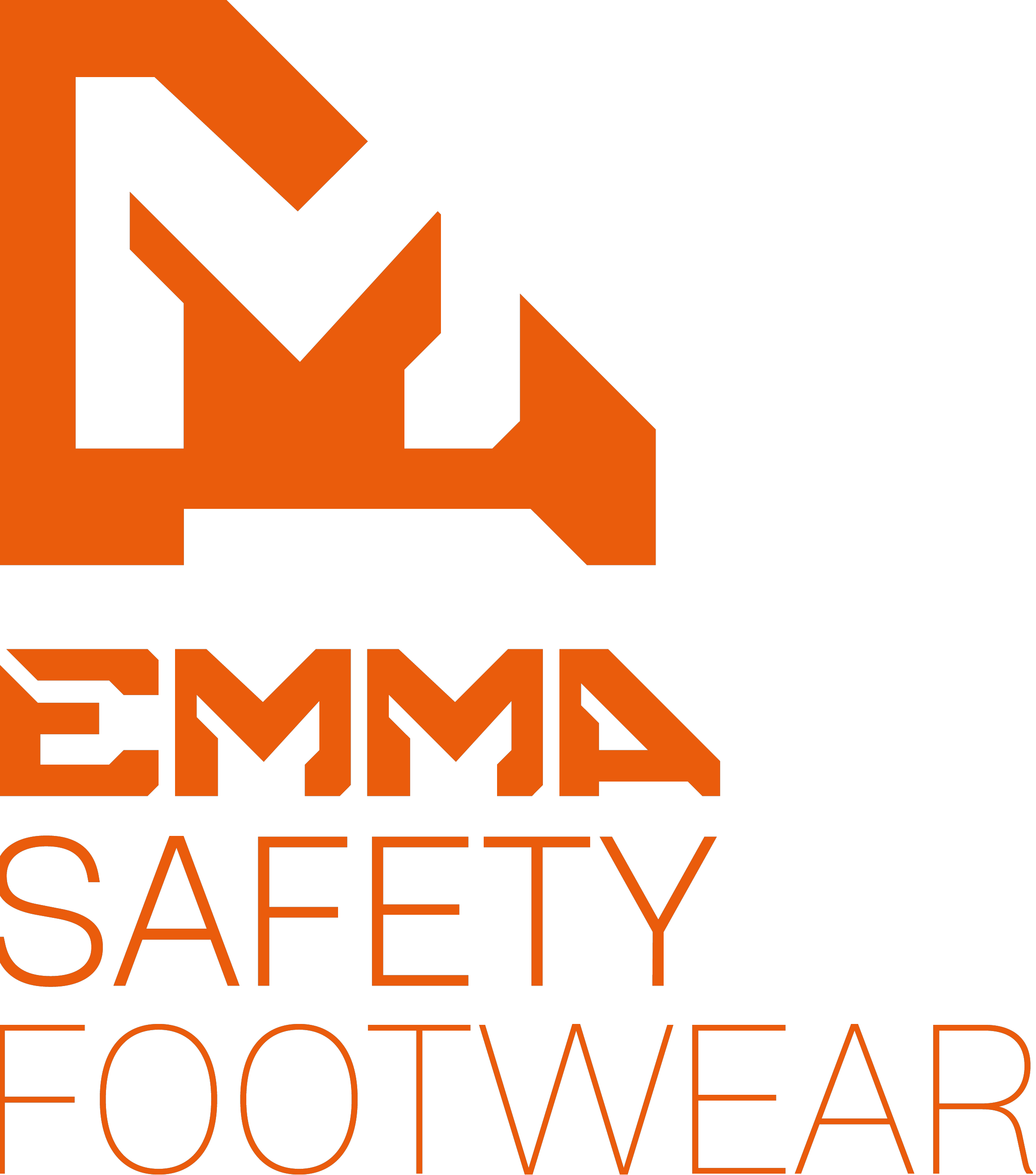New standard for safety shoes
What was that all about again?
It was well over a year ago that the new standard for safety shoes was announced. NEN-EN-ISO 20345-2022 replaces the 2011 standard of the same name. And the new certification is not so surprising. Because in the eleven years that have passed, a great deal of developments and innovations have taken place. For example, in making shoes lighter, more comfortable or more durable. Or in making them suitable for very specific uses. In this article, we'll be giving you an overview of the most important changes.
The main changes explained in simple termsWhat is the most important change? The number of protection levels has increased. This means that there is an even clearer classification system for shoes, allowing you to choose a safety shoe that is even better suited to the type of work the wearer performs and the associated risks.
1. Different perforation protection levels
Previously, midsoles were usually made of steel. But with new product developments, this is no longer a given. And that is exactly what NEN-EN-ISO 20345:2022 has taken into account. The new standard draws more distinctions between the different anti-perforation soles available:
-
P = Perforation-resistant safety sole metal inserts. Using a test nail with a diameter of 4.5 mm.
-
PL = Perforation-resistant safety sole non-metal inserts. Using a test nail with a diameter of 4.5 mm.
-
PS = Perforation-resistant safety sole non-metal inserts. Using a test nail with a diameter of 3 mm.


Protection levels – S1, for example – can still include an added P, for instance S1P. But because the tests for perforation protection have been expanded to include P, PL and PS, there now are multiple variants. For example, it could be S1PS or S1PL.
For protection levels that meet perforation protection requirements as standard (S3, S5 and S7), the P is no longer added separately. This is because the protection level already means that the shoe meets these requirements. As an example, protection class S3 is divided into the following three levels:
- S3: tested with a steel nail.
- S3L: non-metallic perforation protection, tested with a 4.5 mm diameter nail (L=large).
- S3S: non-metallic perforation protection, tested with a 3 mm diameter nail (S=small).
In other words, the P for perforation protection is no longer added separately.
By the way, did you know that perforation resistance includes broader testing? In addition to a perforation test, where a device presses a sharp pointed object against the sole at a high speed, a corrosion test is also performed, for example. For this, the anti-perforation sole is placed in contact with a saline solution for 48 hours. The sole is also placed in a bending machine and subjected to bending stress. The sole should not snap prematurely. Finally, there is also an ageing test where the shoes are exposed to high temperatures (4 hours at 60°C and 20 hours at 45°C), acid, alkaline perspiration solution and iso-octane (fuel).
2. Requirements for slip resistance
Previously, there were different labels for slip resistance. These will be discontinued. As standard, all work shoes and work boots with a 20345:2022 standard will receive a slip-resistant outsole, tested on ceramic floors with detergent. Work shoes with an even better grip come with the added marking SR. This stands for 'slip resistance' and has been tested on a ceramic floor with oil or grease.
3. FO is no longer required
The FO classification refers to the sole's resistance to hydrocarbons (oil, gasoline, etc). Previously, this was a mandatory component for protection levels S1 through S5. In the new standard, FO is no longer mandatory, and instead comes as an additional label. This label is attached to a shoe if it has been tested in environments containing hydrocarbons.
4. Nieuwe beschermingsniveaus voor waterafstotende schoenen
Two new protection levels have been added: S6 and S7. These are labelled WR, meaning 'water resistant'. Shoes with this label are waterproof for a minimum of 80 minutes.
- S6 has the same protection requirements as S2, with WR added, and with additional requirements for water resistance (WR).
- S7 corresponds to S3, but with the added WR label.
The old label WRU (water repellent upper) will be discontinued.
As was the case with the old standard, fully waterproof shoes can be found in the S4 and S5 categories.
5. Clearer classifications and indications for safety specifications
The number of labels used to indicate specific safety features of shoes has been greatly expanded compared to the old standard. The new list of 18 possible additional requirements:
We have already discussed many of these new labels. We would like to briefly highlight three of them:
- LG (ladder grip): a label for shoes with a heel. They provide a better grip on ladders and scaffolding.
- SC (scuff cap): for shoes with a toe cap with a minimal thickness as well as abrasion resistance.
- WPA: water penetration and absorption, or a resistance of at least 60 minutes to light contact with water.
- HRO (Resistance to Hot contact): for shoes with resistance to hot contact.





